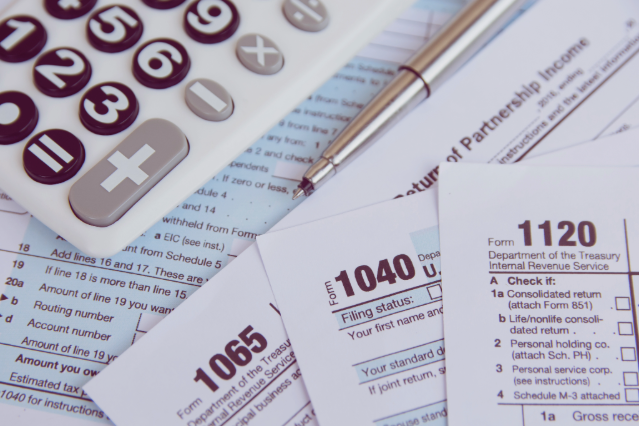
Extractive Welfare: Medicaid Statutory Recovery Formulas After Gallardo v. Marstiller
Read Full Article (PDF)
In 2022, the Supreme Court of the United States held states may seize injured Medicaid recipients’ tort recoveries beyond the portion of those recoveries allocated for past medical expenses actually covered by Medicaid. However, the Court’s decision went beyond that distinction by validating the practice of states using one-size-fits-all “statutory recovery formulas” to seize the tort recoveries of injured Medicaid recipients. Although the Court painted the dispute as one of bland statutory interpretation, the holding enshrines the subordinated social and legal position of recipients of poor people’s programs in the United States.
Although others have examined Medicaid, and other poor people’s programs, as sites of surveillance and political and civic learning among the poor, this Article discusses the extractive dynamics of the program with a specific focus on statutory recovery formulas. Drawing on theories of extraction, as well as rhetoric and common law equitable doctrines, this Article describes two key extractive aspects of Medicaid law and, specifically, states’ statutory third-party liability recovery formulas—the branding of Medicaid recipients as perpetual debtors and the use of compelled litigation to extract time, money, and dignity from welfare recipients. Using Gallardo ex rel. Vassallo v. Marstiller and related cases, statutes, and common law doctrines in both the federal and state contexts, this Article maps the oppressive political rhetoric of welfare demonization onto the staid language of the courts. It demonstrates the ways in which Medicaid recipients are made to accept extraction of time and money as recompense for a social program that has become—unlike other social welfare programs—officially and legally reconceptualized as a loan that must be paid back.
Elenore Wade *
* Assistant Professor of Law, Rutgers Law School.





